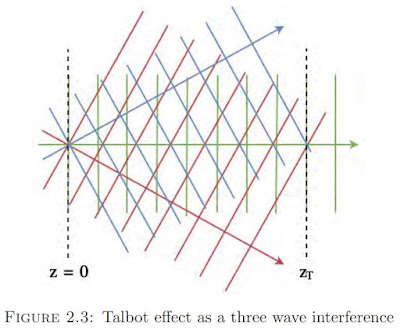Canadian startup Airy3D’s DepthIQ depth-sensing platform is said to be a versatile 3D sensing solution that is far more computationally efficient than other approaches, while also being significantly lower in cost. DepthIQ is also “sensor agnostic” meaning it can be customized to any given CMOS sensor specification.
"DepthIQ uses a Transmissive Diffraction Mask (TDM) to encode the phase and direction of light into the pixel intensity, generating a unique dataset of integrated, innately registered, 2D image and depth data. Using minimal computational resources, DepthIQ proprietary IDP algorithms extract the depth data and restores the raw 2D image data, ready for a customer’s 2D image signal processing (ISP) pipeline. Extracted depth data is fed to the DepthIQ image depth processing (IDP) pipeline which outputs a depth map.
Computational processing is fast and efficient using minimal power. The image and depth information are captured simultaneously without any comparative analysis of multiple images or complex sensor fusion algorithms like traditional 3D sensing solutions.
A TDM can be added to almost any image sensor during post-fabrication processing after the microlens process. Only a few microns thick, a TDM can typically be added without changing the camera and lens assembly. This unique and globally patented solution can benefit smartphones, consumer products, IoT, robotics, industrial, automotive, and other autonomous vehicle products."
McGill University MSc Thesis "Depth from Defocus using Angle Sensitive Pixels based on a Transmissive Diffraction Mask" by Neeth Kunnath gives more explanation on the company's technology:
"An object in the scene whose image appears to be in focus is said to lie within the depth of field. Objects outside this volume appear blurred in the image. The shape of this defocus blur depends on the aperture. For a symmetric aperture, defocus blur has the same shape on either side of the focus plane. A consequence of this is that Depth from Defocus (DFD) methods that estimate object depth from defocus blur run into a blur ambiguity problem with symmetric apertures. While some methods use multiple images to resolve this ambiguity, it is a computationally heavy process. Airy3D, a start-up based in Montr´eal, Qu´ebec proposed an image sensor with Angle Sensitive Pixels (ASPs) based on a Transmissive Diffraction Mask (TDM). An ASP is a pixel that can detect light’s intensity as well as its angle of incidence. ASPs have many advantages over regular pixels that respond only to the intensity of incident light. One such advantage lies in resolving the blur ambiguity. This thesis proposes a single image DFD approach which is free from the blur width ambiguity problem. This proposed DFD method using information about the angle of incidence of light provided by ASPs provide unambiguous blur width estimates even for symmetric apertures."
Subscribe to:
Post Comments (Atom)







0 Response to "Thesis on Airy3D Depth Sensing Technology"
Post a Comment